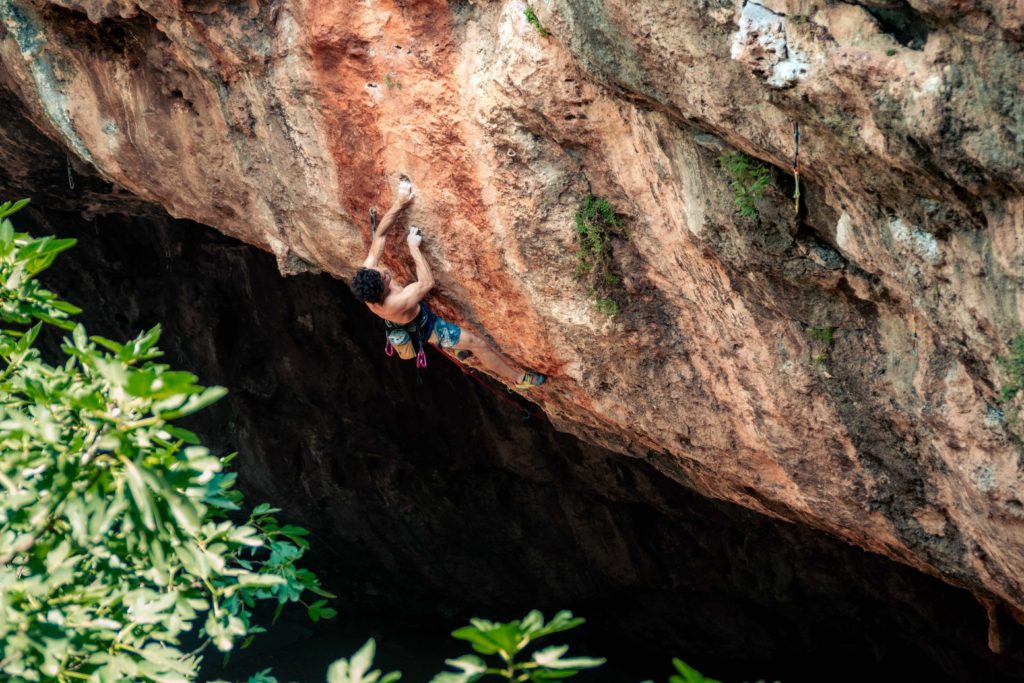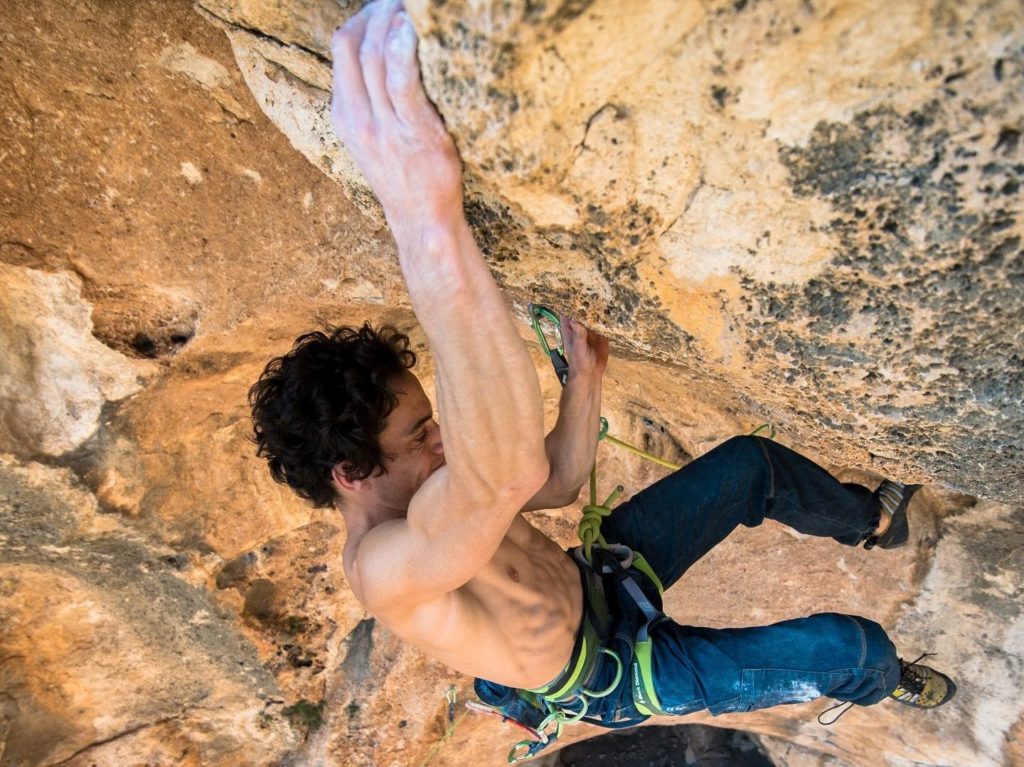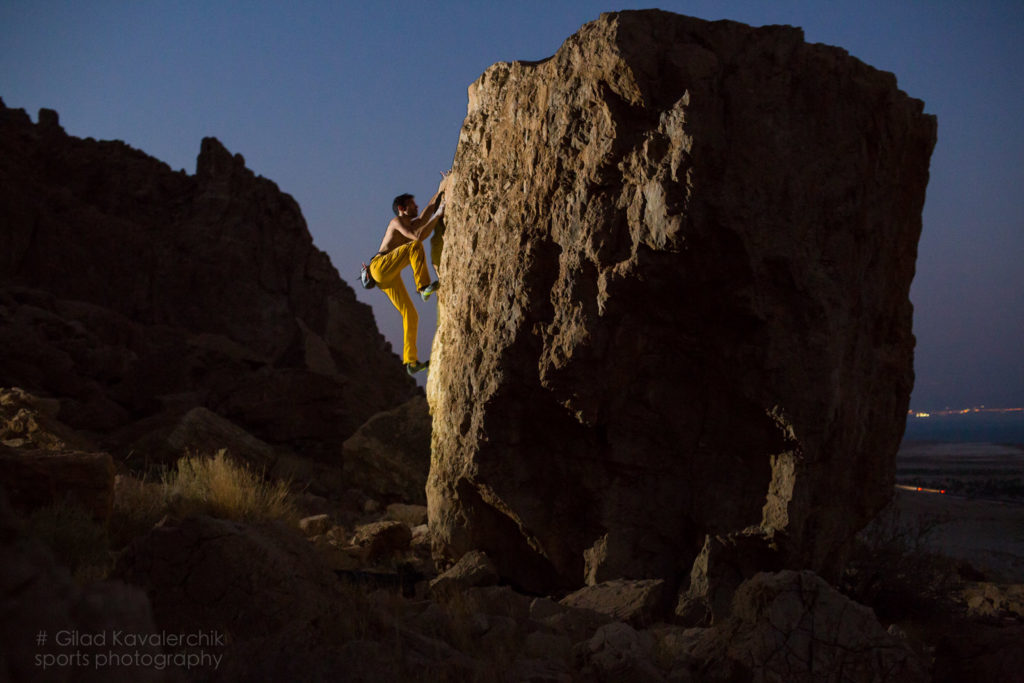
Training for climbing – fundamentals

Well, I think that this is a very interesting and important topic.
A lot of people asking me about it, so I decided that once in awhile I'll blog a bit of information about training physiology and some exercises on training for climbing, based on my personal knowledge as a physiotherapist and an athlete.
The first and most important question that you must ask yourself before you start a training program is: why? What is the purpose?
The answer to this question is very important, it’s going to influence the planning process, and direct you in your training program.
By asking why, you are actually asking yourself what is my goal? What do I want to achieve by training?
This is actually the hardest part, and usually, you won’t find an easy answer to this question.
The immediate answer I get from climber is: "I want to get better"!
Everybody wants to get better, that is true, but what does “getting better” really mean?
Is it always a grade? Is it always a red point number?
In my opinion: No! And like everything in life, the answer is more complicated.
I don’t think there is only one answer to it, but still, it is really important that you’ll try to answer it.
In the end, it all comes down to setting the right goal for you.
Setting goals
Goals have to be measurable, otherwise, you will never know how far are you from reaching your goal, and you won’t have a way of knowing whether you achieved it or not.
If your goal is a route, it has to be as specific as possible, such as: "I want to red point Alibaba 7b in Gita within 3 months” or” I want to do 5 one-arm pull up within 6 weeks".
It is important when setting a goal, to choose one you can measure, and give it a time frame.
Setting the right time for achieving a goal can be tricky. You’ll need to combine some sport science and a good self-evaluation of your current condition and abilities. I will try to elaborate on this topic in my next blogs, but for now, we’ll leave it aside.
So, the reason I talk about goals so much, is that it’s going to help you design your training program!
After you set a goal, you’ll need to check what it will take from you to reach your destination. For example, let us consider a route that you want to send.
Start by analyzing your route, the angle, the type of holds, the length of the route, the number of moves, the numbers of clips, the type of the rock, the season etc… For each such factor you’ll need to check your current state, ask yourself these questions: have you ever climbed this angle? Do you know the technique for over hangs (heel hooks toe hooks drop knees)? Do you have enough endurance? Do you have enough strength for the type of holds on the route? What about you head? Do you know how to “play the mental game”?
The most common conclusion climbers reach is:"I am too weak", but is it always the case? Could it be that your weakness is actually due to the lack of good technical skills, or mental leaks that make you over grip and waste you power?
After you've analyzed your weaknesses, it’s time to address them with the proper training program.
Your training program should combine sport science with trial and error. Remember each week to reevaluate your progress, and don’t hesitate to change the plan accordingly.

Summary:
- Ask yourself why training (training is systematic repetition of a program over time –not sporadic climbing)
- Set specific goal
- Analyze your weakness
- Address the most weak link in the chain
- Constant evaluation and chance your plan
Well, I hope it helped a bit to clear the clouds over this topic
Please feel free to leave a comment or question

הדרך הקצרה ביותר לטפס קשה יותר – מבט מבוסס מדע

מרפק מטפסים: הבנת טנדינופתיה אצל מטפסים

איך להתחזק בטיפוס תוך 24 שעות!

גידי הולנדר | מאמר אורח
רוצים להשאר בעניינים?
הרשמו לעדכונים ותוכלו לדעת ראשונים על הכתבות החדשות
6 תגובות
Great perspective Ofer, very helpful, thanks
keep on sharing your insights
thanks , its nice to get feedback 🙂
Very interesting, looking forward for the next post
Hi Arik thanks a lot , the next one is one the way!!
What about part 2?! c'mon man, we're waiting!
It in the oven, coming soon!
thanks for the reminder val